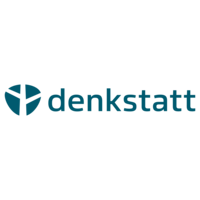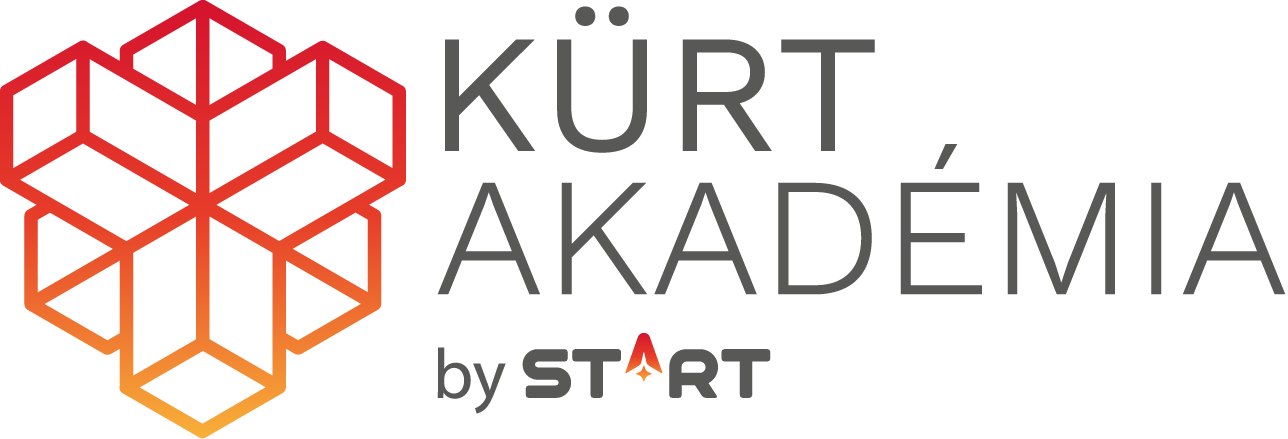OKR – Strategy planning, communication and implementation method
Objectives and key results
Objectives and key results
What is the OKR (Objectives and Key Results) method?
OKR is a strategy planning, communication and implementation method.
What problem does the OKR address?
The documents that result from corporate strategic planning are long and difficult to communicate to employees, and usually do not contain a breakdown of objectives for the different departments. In the absence of organizational objectives, it is difficult for the lower levels of the company to connect their day-to-day activities with the company's objectives. The OKR system creates a link between the top-level strategy of the company and the objectives of each department.
What are the main steps of the OKR method?
The fundamental point of the OKR system is that effectiveness is achieved by setting objectives, not activities. Based on the objectives, staff at their own level can plan, design and adjust the activities needed to achieve them, based on their experience. In this way, the OKR system enables an agile organisation that is not only empowered, but also more responsive to change. The OKR system plans with annual targets and quarterly review cycles.
After strategic analysis (4 Lighthouses, BMC, or other strategy planning tools), the company management creates the preliminary corporate OKRs. This is recommended to include up to 4 objectives and 4 key results per objective.
Based on the corporate OKRs, each department prepares its own team-level preliminary OKR.
The corporate and team level OKRs are aligned in a joint planning event called big room planning. Here the management presents the corporate objectives and their background. Each team then presents its own OKR in 2-3 rounds (max. 10 minutes) and receives feedback from the other teams. The feedback can make recommendations to refine the goals and results, ask questions or address areas of collaboration between the teams (I can help with this, that's what I need). Based on the feedback, the team will improve its OKRs. It is important that the team OKRs are not a 1:1 mapping of the corporate OKRs, but rather a statement of the team's goals to contribute to one or more corporate goals.
Once the OKRs have been developed, it is worth reviewing the progress of the key results on a monthly or quarterly basis. Check whether the goals are good, whether the expected results are good, what conclusions can we see, either because we lagged behind the objectives or because we have reached them.
What results can we expect from the OKR method?
The company's employees can work based on a more comprehensible strategy, which is more specific and guides in their daily activities, resulting in a more efficient strategy implementation overall.
Typical questions:
- Who determines the OKRs of a team?
To define a team's OKR is the task of the teamleader, who can involve the entire team, or key members in the process. The team's OKR is approved either by the manager or by the manager's team. - What is the advantage of thinking in objectives and key results for the leadership?
Objectives and key results force employees to think not only in activities, but in terms of the activities needed to achieve the objectives. This forces the team to think in a more focused way, which leads to more efficient work and faster reactions. - Which is the most difficult part of planning the OKR?
- The structure of the OKRs (4 objectives, 4 key results) forces organisations to prioritise and focus. In addition, teams tend to assign activities to goal, the results of which need to be expressed as key results, usually requiring 2-3 rounds of refinement.
Videos
WHO CHOSE US
-




Denkstatt Magyarország
-




T-Systems
Development of Corporate Strategy - 4 Lighthouses, BMC, OKR
-




Magyar Telekom
Implementation of Agile Framework - OKR, Support of Agile Transformation, Agile trenings
-




Schiller Autó Család
Development of Corporate Strategy - based on 4 Lighthouses, BMC and OKR
-




SPAR Magyarország
Alignment of the senior management team, Design of strategic Agile processes, OKR, COVID crisis management, Data-driven leadership






